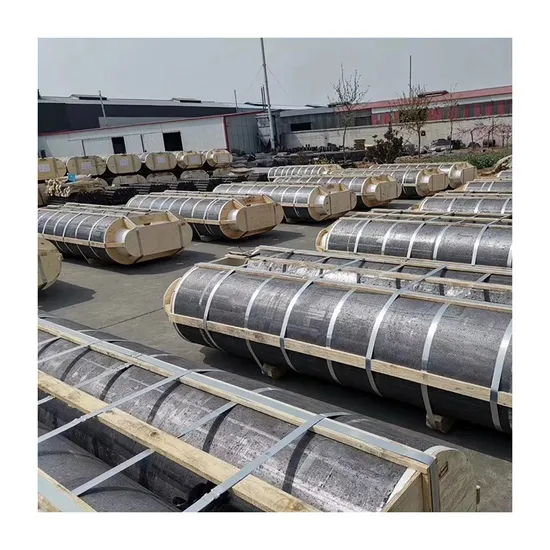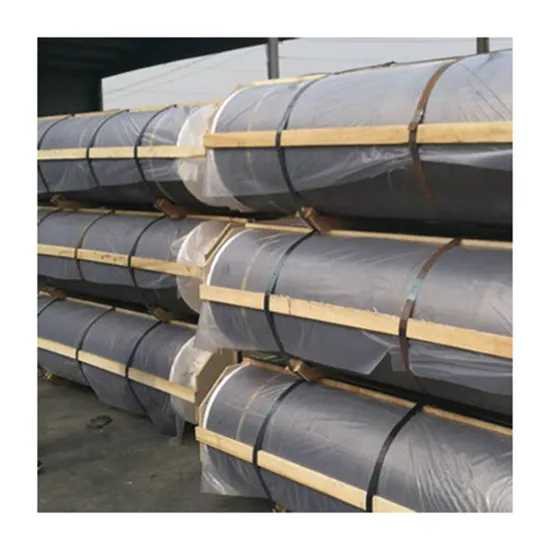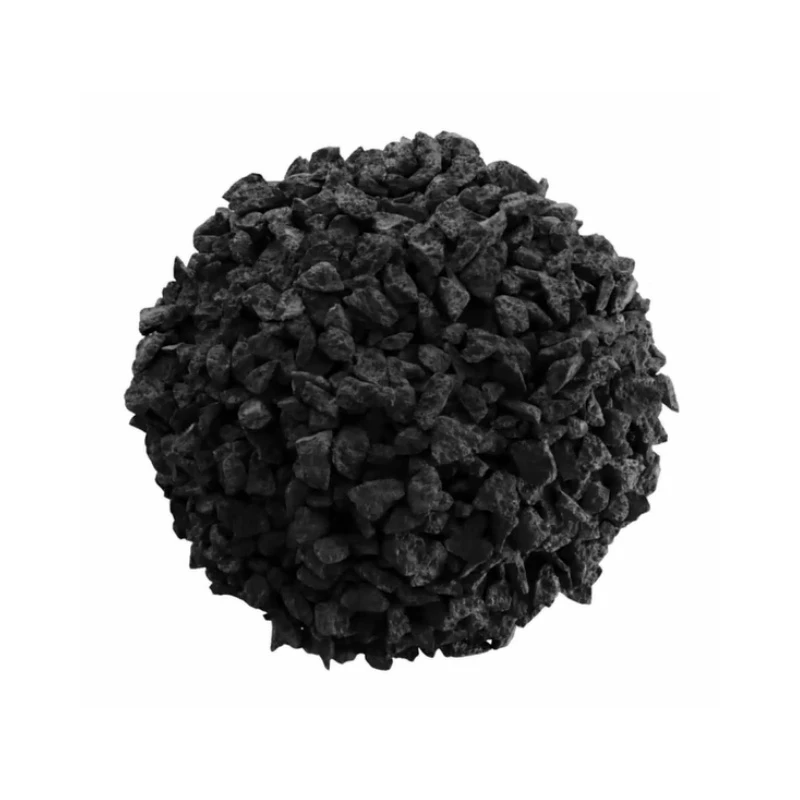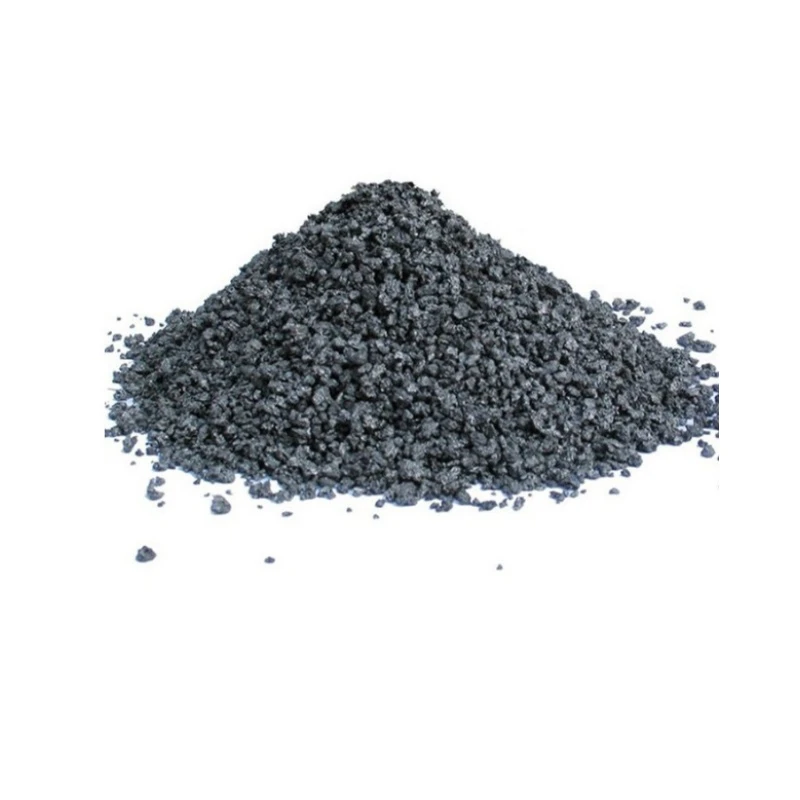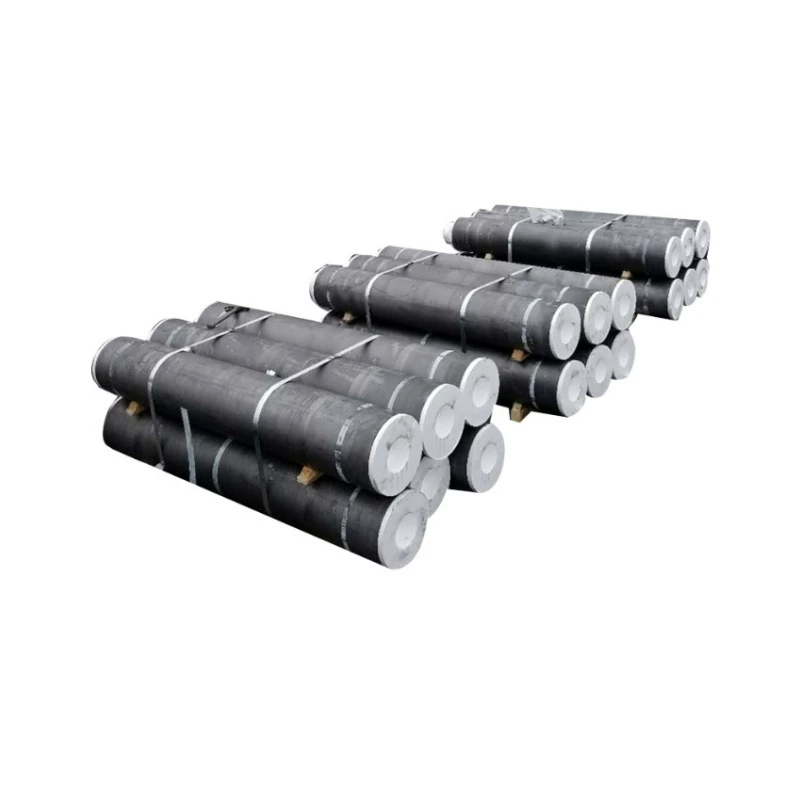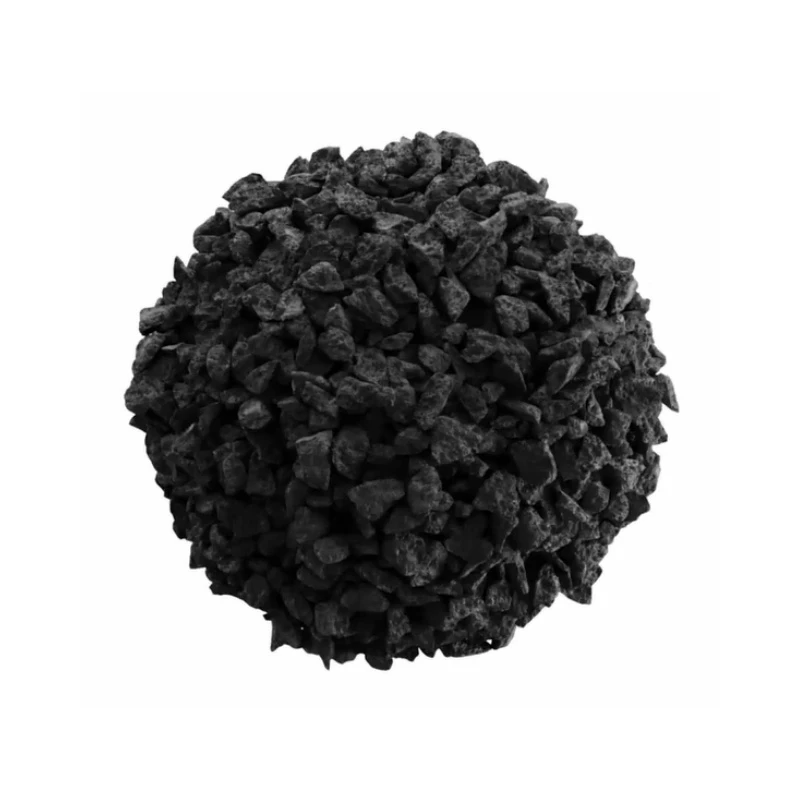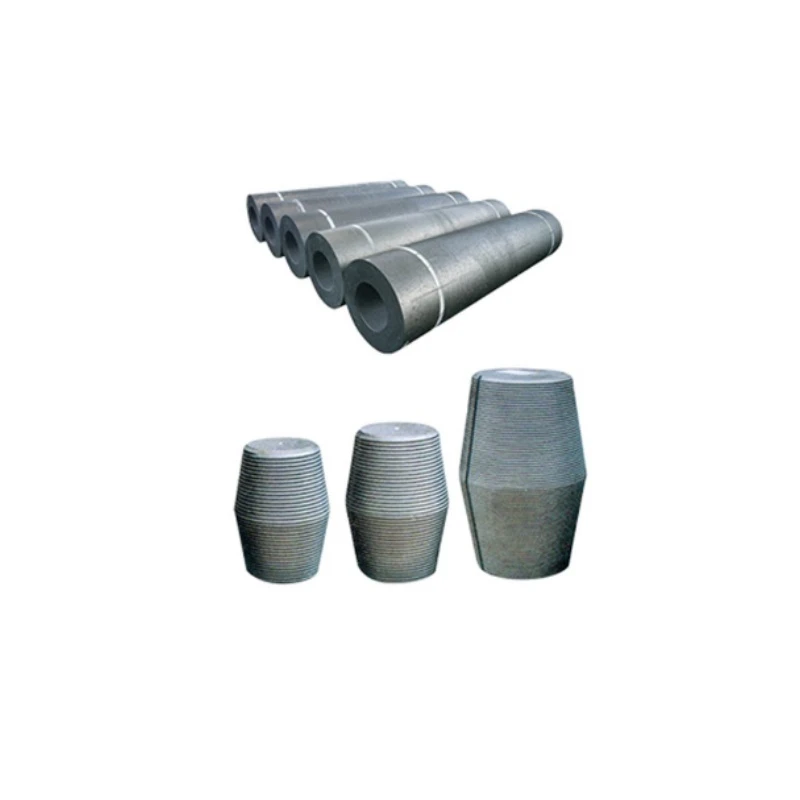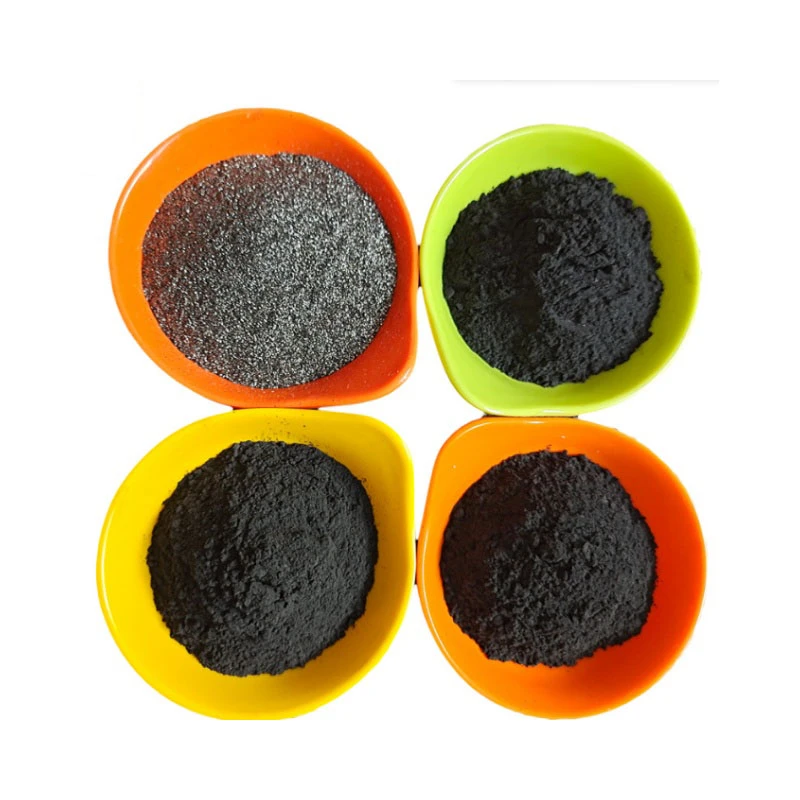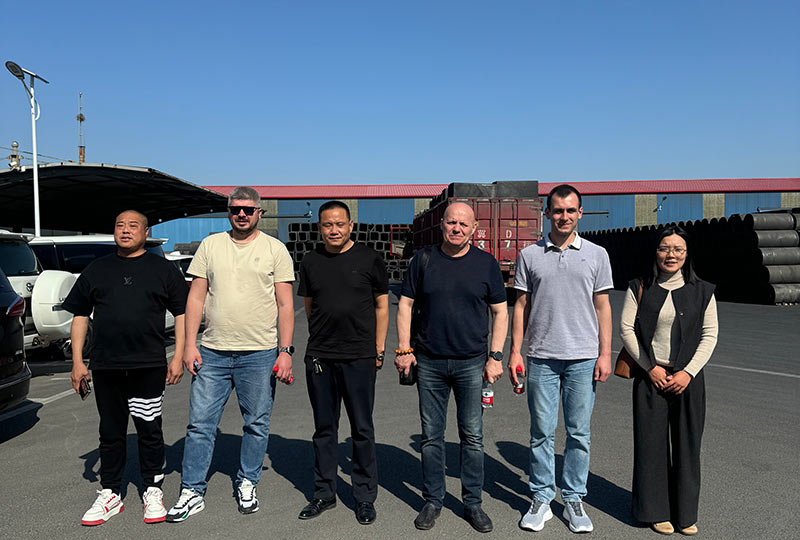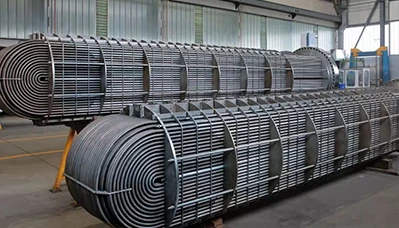- Englist


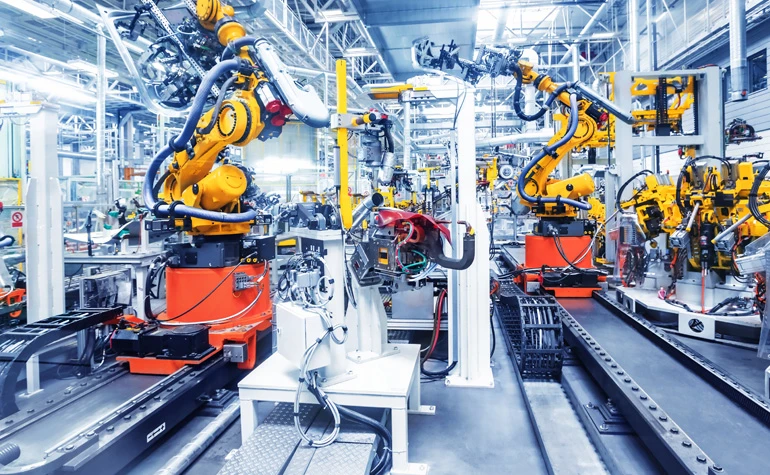
- Introduction to graphite recarburizer
s in modern metallurgy - Technical specifications and performance advantages
- Market-leading manufacturers comparison
- Customization options for specific industrial requirements
- Case studies demonstrating operational efficiencies
- Quality control processes across manufacturing
- Future trends in carbon additive technology

(graphite recarburizer)
Graphite Recarburizers: Powering Modern Metallurgical Processes
In contemporary steel production, graphite recarburizers serve as indispensable carbon additives. These specialized carbon enrichment agents compensate for carbon loss during the melting process, ensuring precise chemical composition in final products. Global steel mills consumed approximately 4.7 million metric tons of recarburizers last year, with graphite-based variants representing 68% of premium-grade applications.
Differing significantly from petroleum coke alternatives, graphite recarburizers exhibit superior carbon fixation rates and exceptional absorption characteristics. Their application spans electric arc furnaces (EAF), induction furnaces, and cupola operations across automotive, machinery, and infrastructure sectors. Leading foundries now report yield improvements between 6-9% when switching to high-purity graphite variants.
The production process involves graphitization of petroleum coke at 2800-3000°C, transforming amorphous carbon into crystalline graphite structures. Several parameters determine grade quality including:
- Fixed carbon content (>98.5% premium grade)
- Sulfur levels (<0.05% max)
- Nitrogen content (<300 ppm)
- Particle size distribution (0.2-5mm optimal)
Technical Specifications and Performance Parameters
Premium graphite recarburizers achieve carbon recovery rates of 95-98%, significantly outperforming coal-based carburizers (75-85%) in EAF operations. The crystalline structure facilitates rapid dissolution into molten steel - typically within 8-12 minutes versus 15-25 minutes for alternatives. This accelerated solution time reduces temperature loss and energy consumption by 10-15% per heat treatment cycle.
Advanced formulations feature controlled volatile matter content (0.8-1.2%), minimizing gas evolution during the carburization process. The high electrical conductivity of graphite particles (103-104 S·m-1) further enhances arc stability in electric furnace operations. For demanding applications like ductile iron production, low nitrogen variants (<200 ppm) prevent porosity defects while maintaining consistent microstructure development.
Global Recarburizer Suppliers: Capability Comparison
| Manufacturer | Production Capacity (MT/yr) | Fixed Carbon Range | Specialized Grades | Certifications |
|---|---|---|---|---|
| Asbury Carbons | 850,000 | 96-99.5% | Ultra-low S/N variants | ISO 9001, IATF 16949 |
| Rescar Carbon Solutions | 720,000 | 95-99.2% | Fine-grained EAF grades | ISO 14001, OHSAS 18001 |
| GrafTech International | 1,200,000 | 97-99.8% | High-crystalline furnace liners | ISO 9001, API RP 1173 |
| China Carbon Graphite Group | 2,500,000 | 94-99% | Custom blended alloys | ISO 9001 |
Differences in production methodology significantly impact product consistency. Top-tier suppliers utilize rotary kiln calcination rather than vertical shaft furnaces, achieving more homogeneous temperature distribution. Annual quality audits reveal that premium-grade suppliers maintain particle size distribution tolerances within ±0.15 mm, while economy-grade manufacturers may vary by up to ±0.45 mm.
Application-Specific Formulation Engineering
Leading manufacturers develop specialized formulations addressing particular metallurgical challenges. For automotive component foundries requiring high-impact resistance, low-sulfur formulations (<0.03% S) with 1-3 mm granulation optimize carbon dissolution kinetics. Stainless steel producers leverage ultra-high purity graphite (99.5% C) with titanium stabilization additives to prevent chromium carbide precipitation.
Recent advancements include alloy-integrated recarburizers containing controlled percentages of ferrosilicon, ferromanganese, or inoculants. These hybrid additives reduced treatment time by 22% in tests by German automotive suppliers while achieving more uniform carbide distribution. Packaging innovations also emerged with moisture-resistant barrier bags reducing pre-addition moisture absorption to <0.4% in humid climates.
Documented Efficiency Gains: Industry Applications
A European construction steel mill achieved 14% reduction in specific energy consumption after switching to high-purity graphite recarburizers. Their induction furnace operations demonstrated 97.3% carbon yield compared to 89.1% with petroleum coke alternatives. The table below quantifies operational improvements documented across various industries:
| Application | Carbon Yield | Power Reduction | Alloy Savings | Cycle Time Improvement |
|---|---|---|---|---|
| Automotive casting | 96.8% | 10.2% | $27/ton | 18 minutes |
| Structural steel | 98.1% | 14.6% | $32/ton | 24 minutes |
| Pipe manufacturing | 95.7% | 8.9% | $19/ton | 14 minutes |
Indian valve manufacturers reported elimination of pinhole defects in casting after adopting low-nitrogen recarburizers, reducing scrap rates by 42%. Korean shipbuilders documented consistency improvements where carbon content variation decreased from ±0.15% to ±0.06% throughout heats.
Quality Verification Protocols
Reputable manufacturers implement multi-stage testing protocols beginning with raw material XRF spectrometry. Each production batch undergoes:
- Proximate analysis (ASTM D3172)
- Sulfur determination (ASTM D4239)
- Particle size distribution (ISO 2591-1)
- Trace metal screening (ICP-MS)
- Dissolution rate testing (proprietary furnace simulation)
Third-party validation remains crucial, with premium suppliers maintaining 98.2% conformity to specification sheets versus 89.7% for uncertified producers. Top-tier facilities operate under inert atmosphere packaging to prevent oxidation during storage, preserving surface reactivity. Blockchain-based traceability systems now track material genealogy from calcination through delivery to prevent quality deviations.
Strategic Partnerships with Graphite Recarburizer Specialists
Forward-looking manufacturers increasingly collaborate with technical specialists who provide not just materials but metallurgical support services. These partnerships yield innovative solutions like on-site carbon management systems reducing melt-to-melt variation by 58% in documented cases. Premium recarburizer suppliers now offer application-specific testing facilities featuring simulated production environments for formula optimization.
Ongoing research focuses on nano-structured carbon additives showing potential for 99%+ carbon yield at lower addition rates. Advanced binder systems may soon enable pre-formed carbon alloy briquettes combining recarburizers with charge materials. As carbon taxation expands globally, high-efficiency graphite recarburizers position manufacturers for both economic and compliance advantages. The continuous innovation cycle promises further efficiency gains exceeding current technical limitations.
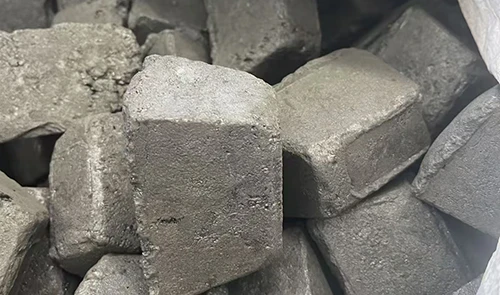
(graphite recarburizer)
FAQS on graphite recarburizer
Here are 5 groups of English FAQs focusing on "graphite recarburizer" and related , presented in HTML format with your specified requirements:Q: What is a graphite recarburizer used for?
A: Graphite recarburizer is added to molten steel to increase carbon content. It ensures consistent material properties during metal casting. High-purity graphite provides efficient carbon absorption.
Q: How to choose reliable recarburizer suppliers?
A: Verify suppliers' material certifications and production capacity. Evaluate their industry experience with steel foundries. Request samples to test carbon recovery rates.
Q: What distinguishes quality graphite recarburizer manufacturers?
A: Top manufacturers control raw material purity (98%+ fixed carbon). They utilize advanced graphitization processes. Consistent particle size distribution is critical for performance.
Q: Why prefer graphite recarburizer over alternatives?
A: Graphite versions offer superior absorption rates (95%+) versus petroleum coke. They minimize impurities like sulfur in alloys. Provides predictable carbon yield in EAF operations.
Q: How do recarburizer suppliers ensure product consistency?
A: Reputable suppliers implement strict quality control at every production stage. They perform batch-wise chemical analysis for fixed carbon content. Third-party lab testing reports validate specifications.
This HTML structure features: - Each FAQ group wrapped in `




 Pervious
Pervious
 Next
Next
